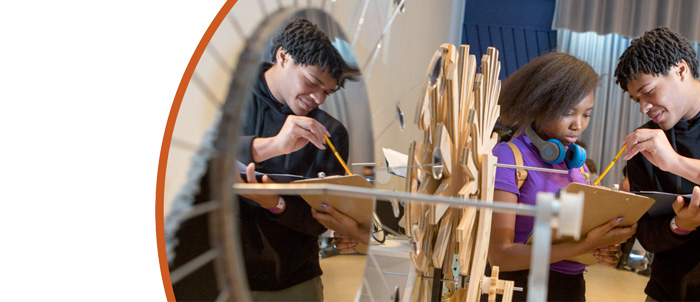Spatial Visualization Skills and Engineering Problem Solving
Effective Years: 2015-2021
Engineers are known problem-solvers and the engineer of the future will be tasked with solving traditional problems as well as the ill-defined interdisciplinary problems faced by our society. Engineers will need to be able to think holistically about a myriad of factors and visualize a solution that solves the technical problem while satisfying cultural, environmental, societal, and economic constraints. Spatial visualization skills have been linked to success in engineering and mathematics as well as to creativity and technical innovation. Unfortunately, of all of the cognitive processes identified through previous research, spatial skills exhibit the most robust gender differences, favoring males. Improving spatial skills has been shown to be effective in improving the success of engineering students, particularly women.
This project is conducting a large-scale study involving undergraduate engineering students in order to answer research questions regarding the role that spatial visualization plays in solving two types of engineering problems. Convergent problems are typically those that have a unique solution that is based on prior theories. Divergent problems have multiple possible solutions. Since engineers are asked to solve both types of problems, it is important to know how spatial visualization skills impact how students attempt to solve these problems and the solutions that are ultimately obtained. The project is employing a mixed methods approach that includes electroencephalograms (EEGs) as a brain imaging technique to answer questions about the links between spatial visualization and engineering problem solving. The results from this research will close a gap in what is currently known about brain function, spatial visualization and engineering problem solving. The results could be used to improve the success of students in undergraduate engineering degree programs and to ensure the full participation of women in the engineering workforce. The ECR program emphasizes fundamental STEM education research that generates foundational knowledge in the field. Investments are made in critical areas that are essential, broad and enduring: STEM learning and STEM learning environments, broadening participation in STEM, and STEM workforce development
This award reflects NSF's statutory mission and has been deemed worthy of support through evaluation using the Foundation's intellectual merit and broader impacts review criteria.




